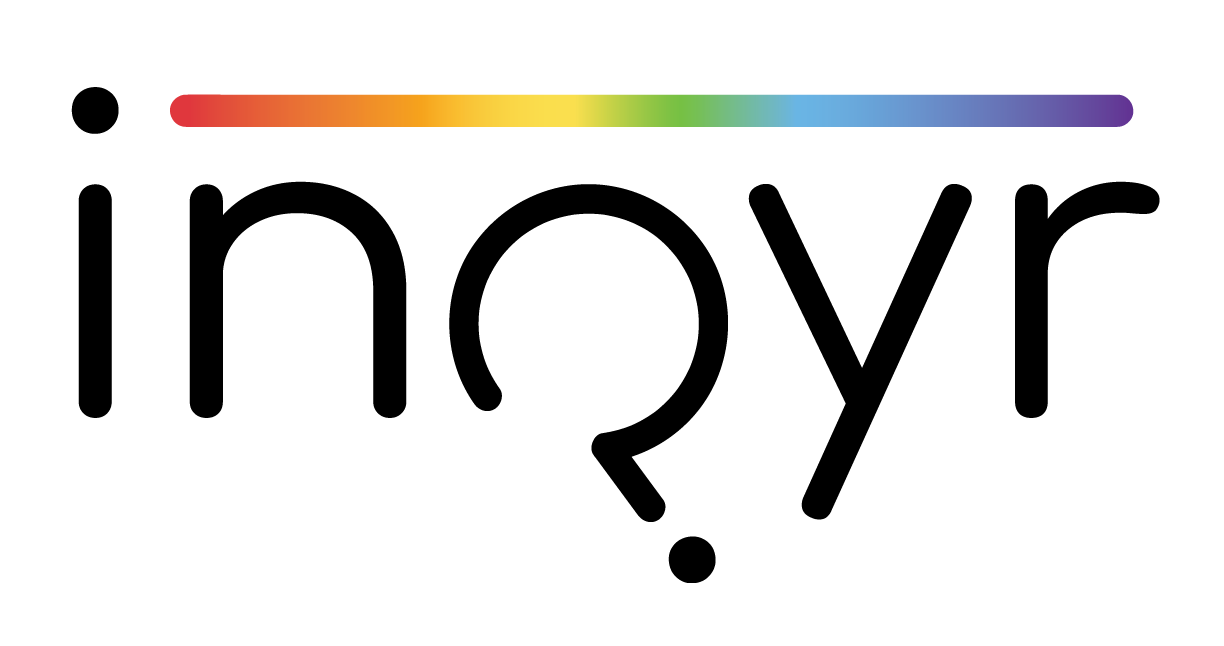
Beyond the “Plus Sign”: Mapping the Identity Development Trajectories and Self-Labelling of Gender and Sexual Minority Youth
US Regional Network
Beyond the Plus Sign delved into the identity development of gender and sexual minority youth (GSMY) in the United States and Canada. Through an exploration of the influence of internet-enabled information and communication technologies (ICTs) on GSMY identity trajectories and self-labelling, the project worked to understand the profound impact of these digital tools on their journey of self-discovery. Life-mapping was used in this project as a method to empower GSMY participants to share their unique experiences and perspectives. Ultimately, study aimed to challenge traditional identity development models, support GSMY communities, and foster a more inclusive and empathetic community.

Research Questions
Beyond the “Plus Sign” addressed the following questions:
How have ICTs influenced the identity development of youth with ‘less common’ GSM identities?
How have ICTs influenced the self-identification and identity-labelling of youth with less common GSM identities?
How have ICTs facilitated the identity development process for youth with less common GSM identities?
How have ICTs inhibited the identity development process for youth with less common GSM identities?
Can life-mapping be feasibly and effectively adapted for use during in-depth online interviews?
Participant Inclusion Criteria
Participants were chosen for the project using the following eligibility criteria:
Aged 14 – 24 years at the time of screening survey completion
Self-identifies as a “less common” GSM identity
Currently resides in Canada or the U.S.
Speaks English sufficient to complete the interview.

Stages of Research
-
Participants from across Canada and the U.S. were recruited through social media. This involved directly reaching out to specific online groups and utilizing paid advertisements.
Interested participants were provided a brief screening survey to ensure that they met the study’s inclusion criteria, indicated above.
-
In-depth virtual interviews lasting 45 to 90 minutes were conducted with eligible participants. They were conducted via Zoom with embedded audio-video recording.
Concurrently during the interviews, participants used an accompanying online platform for life-mapping activities to visually chart their life experiences and interactions.
-
The interviews were semi-structured, allowing participants to share their experiences authentically.
As a token of appreciation, participants received a $40.00 (USD) gift card for their valuable contribution to the study.

Meet the team
Lauren B. McInroy
Principal Investigator
Oliver W. J. Beer
Co-Investigator






